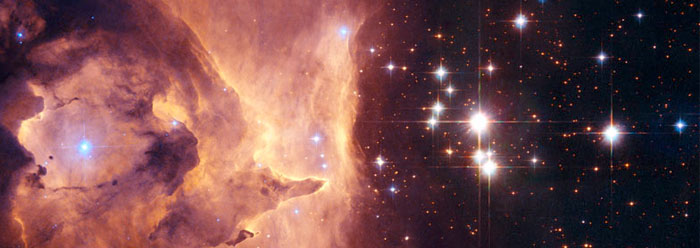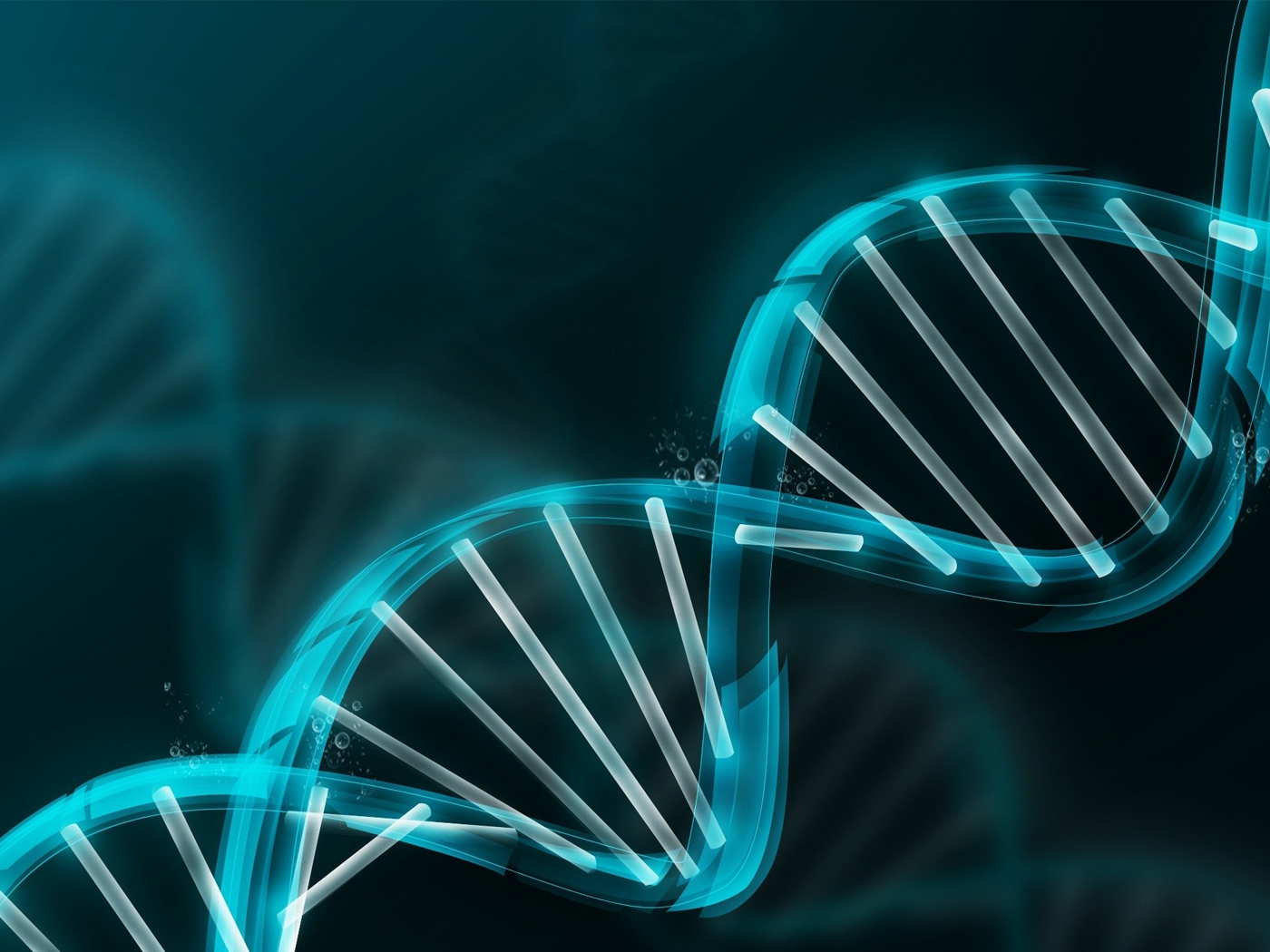by Jake Hebert, Ph.D., & Jason Lisle, Ph.D., *
Scientists from Europe's CERN research center presented evidence on Wednesday, July 4, 2012, for a particle that is likely the Higgs boson, the last remaining elementary particle predicted by the "Standard Model" of particle physics.1
Particles are thought to have mass due to their interaction with a quantity called the "Higgs field." The Higgs boson can be thought of as a "ripple" in this field.2
Although it has been nicknamed the "God particle," it is widely agreed that the name is more for publicity than accuracy, and many physicists do not like it.3 The Higgs mechanism does not miraculously create mass out of "nothing." Rather, the mass is transferred to the particle from the Higgs field, which contained this mass in the form of energy.4, 5 Thus, the Higgs mechanism does not account for the origin of mass in the ultimate sense.
If God chooses to use a Higgs field to set the masses of all particles, He can certainly do so. The fact that such physics is possible or even meaningful would only make sense in a created universe that is controlled by the mind of God anyway. The study of how God upholds the universe today is the very essence of science. So the possible discovery of the Higgs boson falls under operational science, not origins science.
We know readers are curious about this development. Stay tuned for more information!
References
- Wickham, C. and R. Evans. "It's a boson:" Higgs quest bears new particle. Reuters, July 4, 2012.
- Strassler, M. The Higgs FAQ 1.0. Of Particular Significance Blog. Posted on profmattstrassler.com, accessed July 5, 2012.
- Moskowitz, C. What Should 'God Particle' Be Renamed? Physicists Weigh In. LiveScience. Posted on livescience.com December 14, 2011, accessed July 5, 2012.
- Jammer, M. 2000. Concepts of Mass in Contemporary Physics and Philosophy. Princeton, NJ: Princeton University Press, 163.
- Because of Einstein's famous equation E = mc2, energy has mass.
* Dr. Hebert is Research Associate at the Institute for Creation Research and Dr. Lisle is Director of Physical Sciences at the Institute for Creation Research.
Article posted on July 6, 2012.


















